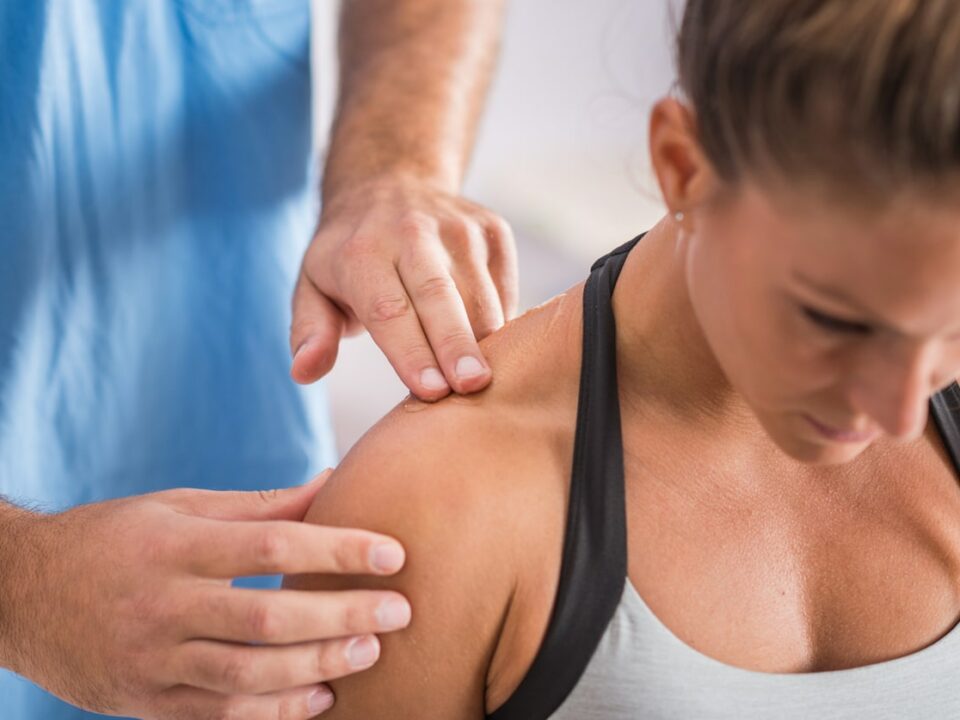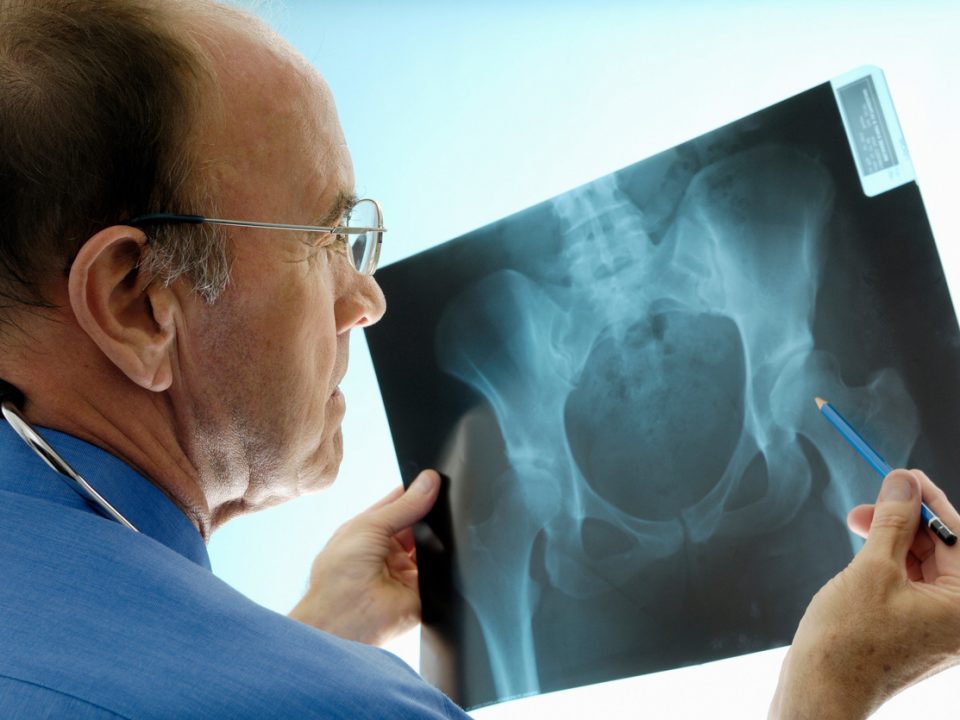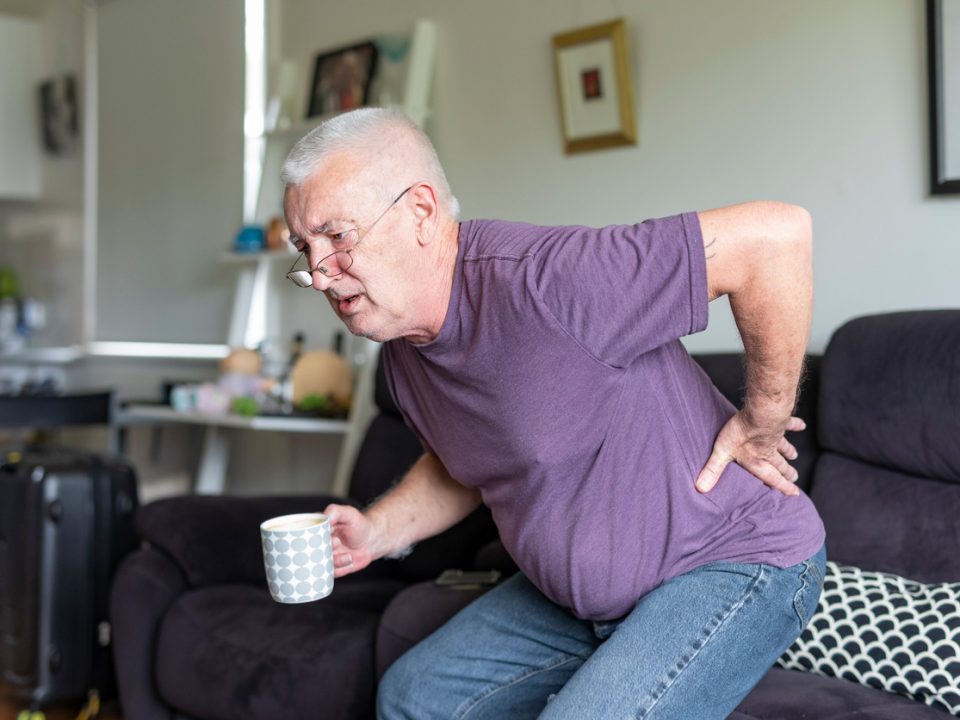- Book an Appointment with the osteopath today: Ashford:
- 01233277077 Dover:
- 01304696069
- info@osteopathicare.co.uk
How to improve Posture
Poor posture can cause a range problems including back pain, spinal problems, poor circulation, joint degeneration and rounded shoulders.

Good posture results from structural alignment of the body, like a tower of bricks, where the weight of the block above is transferred directly to the one below. Support is provided by the bones and ligaments with minimal energy wastage.
However, posture changes throughout life and develops from environmental factors, habits and trauma. Living in the modern world, sitting at desks and using computers for extended periods brings our bodies out of alignment,
Postural examination is a fundamental part of the osteopathic examination carried out in our clinics. Why not make an appointment today?
With our heads carried forward, shoulders hunched and backs flexed. The body can no longer be held upright by its own alignment – the tower of bricks begins to topple forward. Muscles need to hold the body upright. That takes energy and produces waste products such as lactic acid and directs blood away from the vital organs to the muscles keeping you vertical. This leads to postural fatigue. The body tries to compensate by laying down connective tissue. Stiffness and restricted joint movement are the result. The spine loses its shock absorbing ability and there is a greater risk of joint degeneration and arthritis. Eventually the bones and joint surfaces re-model and the postural changes become largely fixed. Osteopathy can help with these problems.
Good posture is the foundation of good health. Whatever stage your body is at, osteopathy can improve your posture and mobility. When the body is in good alignment, the muscles are relaxed and the joints free. Massage, manipulation, mobilisation and exercise therapy can help improve posture right into old age. Correcting strains in children and teenagers can help prevent them from developing poor posture in later life. Work related postural problems can be helped and sporting performance improved.



